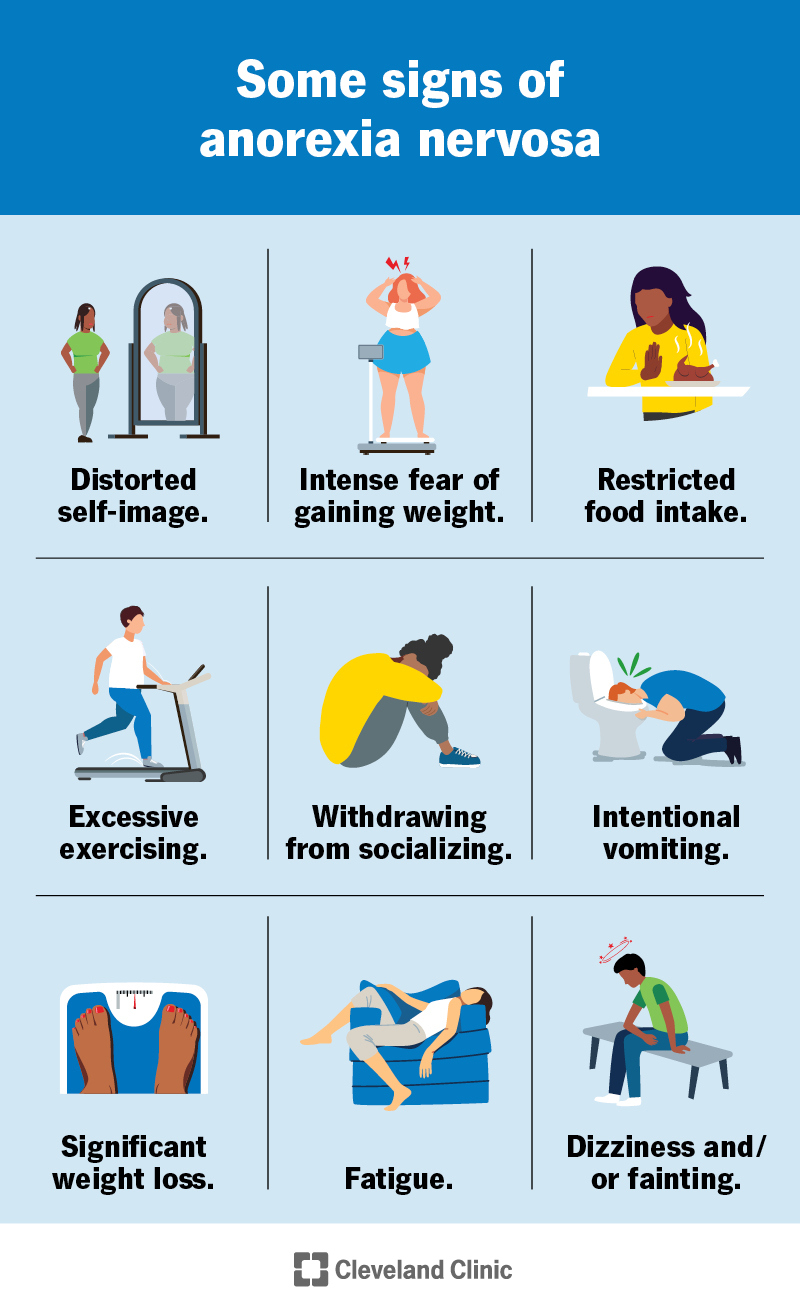
When reviewing the recent CDC MMWR report regarding the prescribing of obesity medications for adolescents, a noticeable dissonance is revealed in the data: under 1% of obese teens received these treatments in 2023. However, this seemingly bleak statistic actually conceals a considerable advancement in the management of adolescent obesity — a groundbreaking shift in the medical approach to this issue.
Looking back five years, the field was characterized by the absence of FDA-approved obesity medications for adolescents. The common narrative was limited to the simplistic “eat less, exercise more” guideline, which let many down. Fast forward to the present, and the arrival of semaglutide, phentermine-topiramate, and updated AAP guidelines signifies a monumental change. A modest 0.5% prescription rate does not indicate stagnation but rather serves as a foundational point for an evolving trend — a remarkable 300% increase within a single year.
The prescriptions, primarily given to adolescents suffering from severe obesity (83%), demonstrate a discernment among healthcare professionals, aligning their practices with evidence-based standards. The two key medications prescribed, semaglutide and phentermine combinations, highlight a commitment to clinical research.
Nevertheless, systemic obstacles remain evident. Racial inequalities persist, as Black adolescents are markedly underrepresented despite their elevated obesity rates. Nonetheless, these challenges are surmountable: issues like insurance coverage, costs, prior authorization processes, and educational deficits. Historical examples in addressing adolescent depression emphasize the potential for prompt, unified actions leading to substantial improvements.
Positive developments are seen in the expanding infrastructure supporting adolescent obesity treatment. With medications, guidelines, and evolving attitudes now established, a strong foundation is in place for providing comprehensive care to manage adolescent obesity.
Personal stories illustrate this advancement. The transformation of a 16-year-old African American girl and a 9-year-old boy’s commitment to a healthier lifestyle highlight the tangible hope that treatment now offers. These narratives reveal the possibility of blending medical and lifestyle approaches within a family-centered framework.
Importantly, these measures signal the beginning of a wider movement, where an increase in the prescription rate reflects greater awareness and accessibility. Looking forward a decade, the routine management of severe adolescent obesity will align with the care of depression and diabetes, fostering an open, barrier-free dialogue regarding obesity medications as standard practice.
The direction is set, the resources are at hand, and the evidence is clear. This transcends mere statistics; it is a chance, a commencement. The evolution of adolescent obesity management is in progress, with more work ahead — fueled by the conviction that reversing the tide of childhood obesity is achievable.